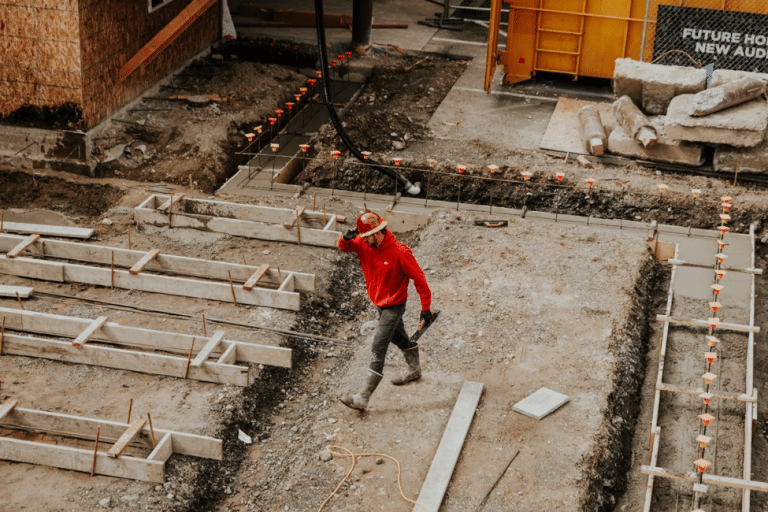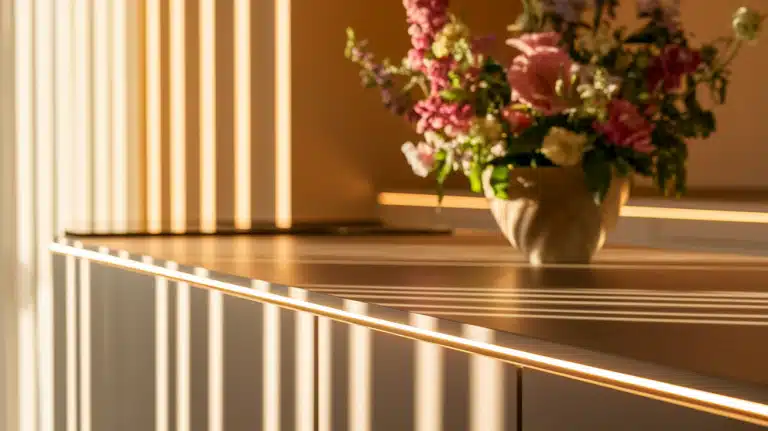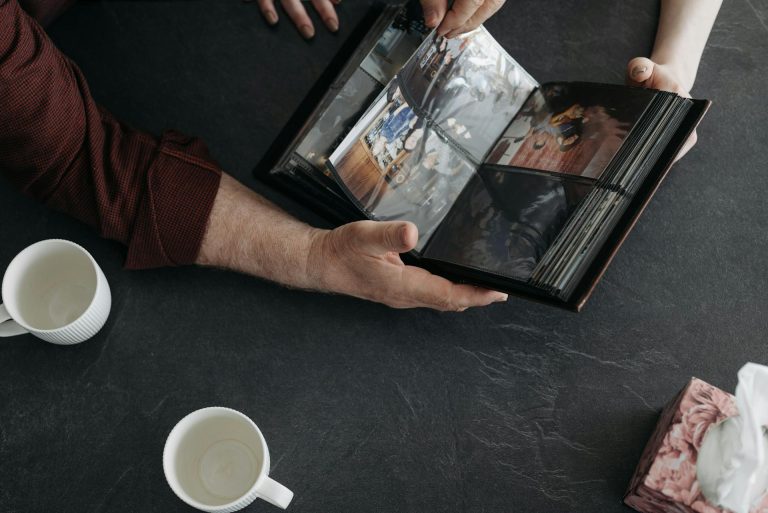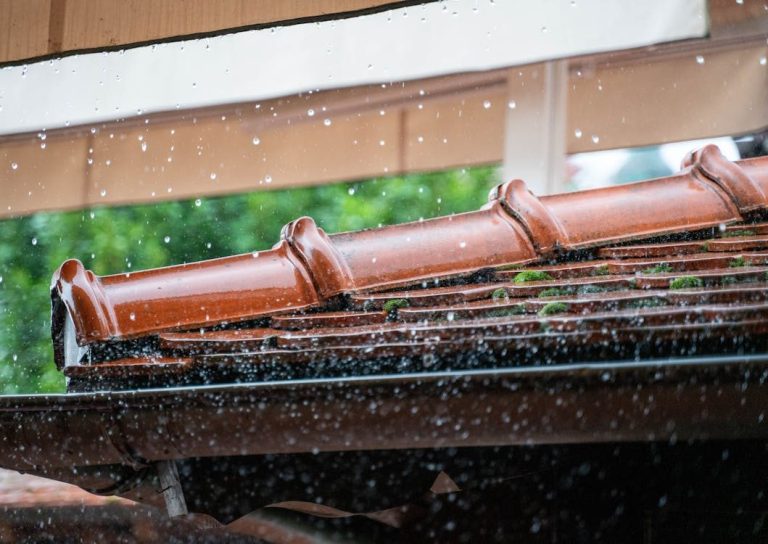Why Renters Insurance is Vital Before Any DIY Project
It may be a bold claim to make, but conducting ANY DIY project at your rented home without having renters insurance is risky business.
You could categorize DIY projects in two ways. First, there are those that pertain to altering, repairing, or improving the home itself.
The second category is those projects that are separate from the home but still done IN the home. Both of these situations call for renters insurance, among many potential other reasons, so if you are wondering what does renters insurance cover, let’s take a deeper dive into major risk areas.
Renters Insurance Covers 4 Major Risk Factors
Accidental Fire
The majority of DIY projects involve electrical machinery. If these tools are not properly maintained or operated, your rented home is at risk of being exposed to fire.
Renters insurance covers accidental fire in almost all circumstances, so it’s good to know that you have it whether you’re conducting a small or a large DIY project on the property.
Water Damage
DIY repairs to your plumbing or kitchen can be risky. Kitchen installations often result in a hole being drilled at the wrong point in a wall, which results in a damaged water pipe.
Working on water outlets, in general, may result in pipe damage, water damage to your cabinets, or even machine damage. Renters insurance covers water damage—a good risk mitigation to have in place before starting your project.
Appliance Breakdown
While appliance breakdown is NOT covered in a standard renters insurance policy, it is an addition you can add to your policy. This coverage is called Equipment Breakdown Coverage and, like any other insurance coverage, has terms and conditions as to what is covered and in what circumstances.
Suffice it to say that having this insurance during any DIY project is wise, especially if you’re held responsible for the replacement of an appliance while you are renting or working on the property.
Theft
You may be asking, “How does theft pertain to DIY projects?” Large DIY projects can often leave your property exposed because a room or area that you’re renovating is a work in progress. Thieves look out for opportunities to steal goods from homes that are temporarily exposed in some way or another. Renters insurance allows you a measure of freedom to spend days on a DIY project while covering your goods 24/7.
On the smaller project side, changing your door locks can be a process that leaves you worse off than before. If locks are being changed, not only are you vulnerable DURING the process, but after it too.
Make sure you test your new door locks after you’ve changed them, and know that your renters’ insurance covers all theft should someone compromise your home’s security.
The same rules apply to vandalism. Having your property exposed in any way while you’re working on a long-term DIY project may expose your tools, machinery, or materials to vandalism.
In most circumstances, vandalism is covered by your renters’ insurance, so having it in place before you start is vital to the safety of your stuff and the property itself.
What Renters Insurance Doesn’t Cover During DIY Projects
Property Damage
If you damage the property where you are renting while conducting a DIY project, you may be held responsible in your personal capacity to pay for any repairs or replacements necessary.
But check with your landlord if he or she has property damage insurance. This separate policy could cover the costs if something goes wrong and you accidentally damage any part of the property.
Floods
While water damage is covered under your renters’ insurance, flooding is not. So if your rented property is exposed during heavy rains and that exposure results in indoor flooding, your renters insurance won’t cover the damage.
Be responsible when working in any capacity on someone else’s property because even if you’re paying your rent, the property still technically belongs to someone else.
The Personal Property of Any Sub-Letters
If you have a roommate who’s sharing the rent with you, their personal property is completely outside of your renters’ insurance policy.
This is important to remember, since one may assume that all items within the home are covered by the renters insurance. This is only the case for YOUR property, so be careful while conducting your DIY projects around the personal property of someone whose name isn’t on the lease.
Final Thoughts
Having the freedom to execute a DIY project in your rented home, knowing that you are covered as far as is legally possible, brings a certain sense of confidence and peace.
Accidents of all kinds happen every day in the US, so check with your policy provider about what’s covered and what’s not.
Educating yourself on renters insurance is a sure way to mitigate any costs down the line while you safely work on improving your living environment.








